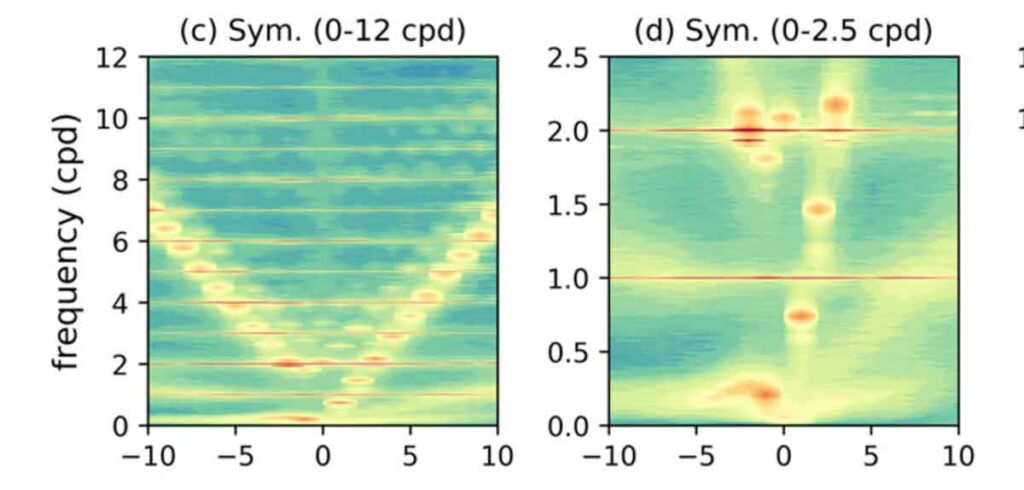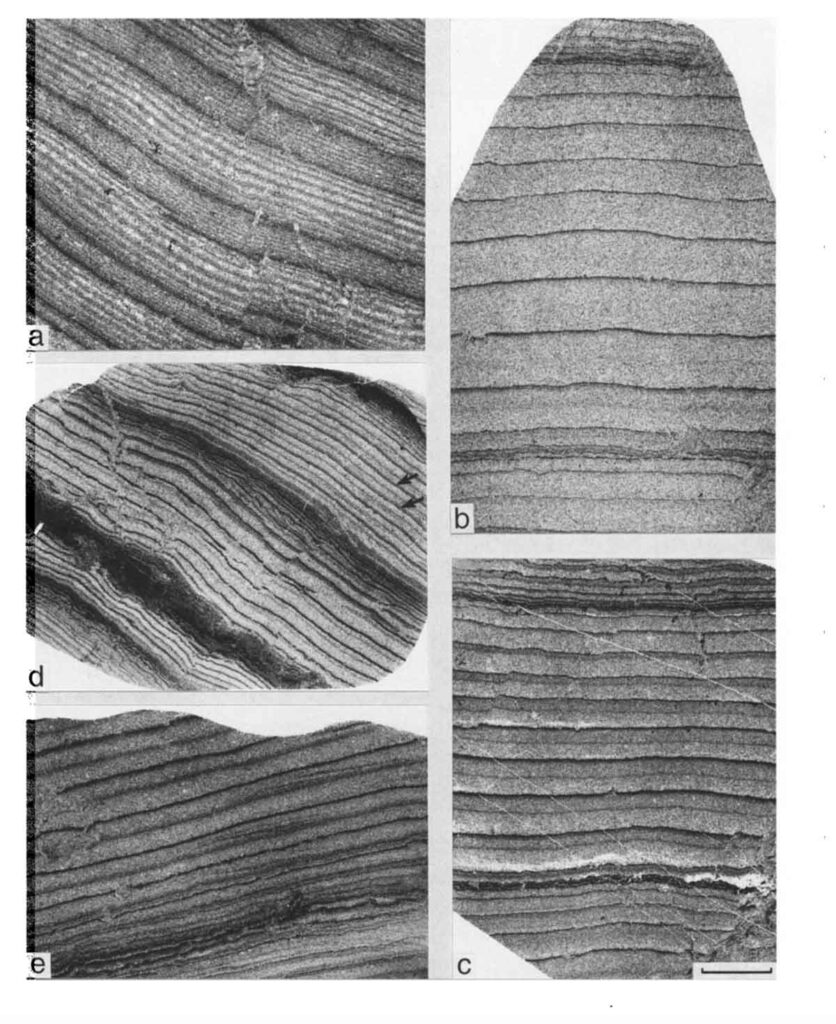A team of astrophysicists from the University of Toronto has made a fascinating discovery regarding the lengthening of Earth’s day.
They have found that for over a billion years, the tidal pull of the moon, which gradually slows down Earth’s rotation, was counteracted by an atmospheric tide caused by the sun.
This unexpected phenomenon kept Earth’s rotational rate steady and maintained a consistent day length of 19.5 hours during the period from approximately two billion years ago to 600 million years ago.
Had this billion-year pause in the lengthening of Earth’s day not occurred, our current 24-hour day would have stretched to over 60 hours.
The team’s findings have been published in the journal Science Advances under the title “Why the day is 24 hours long; the history of Earth’s atmospheric thermal tide, composition, and mean temperature.”
The scientists used geological evidence and atmospheric research tools to unravel the link between Earth’s rotational rate and the temperature of the atmosphere.
They discovered that the atmospheric tide generated by the sun, along with the moon’s tidal pull on Earth’s oceans, played a crucial role in shaping the planet’s rotation.
When the moon formed around 4.5 billion years ago, Earth’s day lasted less than 10 hours. However, over time, the moon’s gravitational pull caused Earth’s rotation to slow down, resulting in longer days.
This process continues today, with the day lengthening by about 1.7 milliseconds every century.
The moon’s gravitational pull creates tidal bulges on opposite sides of the planet, which we experience as high and low tides.
These tidal bulges, along with the friction between the tides and the ocean floor, act as a brake on Earth’s rotation.
Surprisingly, the sun also has an impact on Earth’s rotation through the generation of atmospheric bulges.
The researchers found that throughout most of Earth’s history, the lunar tides dominated over the solar tides, leading to the lengthening of days.
However, approximately two billion years ago, the atmosphere’s resonance, influenced by its temperature, synchronized with the length of the day.
This resonance occurs because the atmosphere behaves like a bell, vibrating at a frequency determined by various factors, including temperature.
During the billion-year period under study, the atmosphere was warmer, and its resonance matched a 10-hour period. At that time, Earth’s rotation, slowed by the moon, reached 20 hours.
The synchronization of the atmosphere’s resonance and the length of the day resulted in reinforced atmospheric bulges, which, in turn, countered the lunar tide and prevented further lengthening of the day.
The researchers used global atmospheric circulation models, commonly employed in studying climate change, to support their findings.
They emphasized the accuracy of these models and their relevance to the urgent issue of global warming.
This groundbreaking discovery provides valuable insights into Earth’s history and offers a timely reminder of the impact of climate change.
As Earth’s temperature rises due to global warming, the resonance of the atmosphere shifts, moving away from the rotational rate.
Consequently, the lengthening of the day may accelerate beyond what is currently predicted.
The astrophysicists’ research not only deepens our understanding of Earth’s past but also highlights the importance of addressing climate change.
By demonstrating the reliability of global circulation models, they underscore the need to take scientific knowledge into account when confronting environmental challenges.
In conclusion, the University of Toronto’s astrophysics team has uncovered a significant chapter in Earth’s history.
The interplay between the sun, moon, and Earth’s atmosphere resulted in a billion-year halt in the lengthening of Earth’s day.
This finding serves as a reminder of the delicate balance of our planet and the pressing need to address climate change to ensure a sustainable future for all.
FAQs
The discovery is significant because it reveals a billion-year pause in the lengthening of Earth’s day due to the interplay between the moon’s tidal pull and the atmospheric tide caused by the sun. Understanding this phenomenon helps us comprehend the complex factors influencing Earth’s rotation and provides insights into the delicate equilibrium that affects our planet’s daily cycle.
The moon’s gravitational pull creates tidal bulges on Earth, leading to high and low tides. The gravitational interaction between these tidal bulges and the ocean floor acts as a brake, slowing down Earth’s rotation over time. This process results in longer days as the planet’s rotation gradually decelerates.
The sun’s gravitational pull also generates atmospheric bulges, similar to the tidal bulges caused by the moon. However, unlike the moon, the sun’s effect on Earth’s rotation speeds it up rather than slowing it down. This atmospheric tide produced by the sun acts as a counterforce to the moon’s tidal pull, influencing the length of Earth’s day.
The atmospheric tide generated by the sun and the lunar tide caused by the moon have different strengths. For most of Earth’s history, the lunar tides dominated, leading to the lengthening of days. However, approximately two billion years ago, a unique alignment occurred. The atmosphere’s resonance, influenced by its temperature, synchronized with the length of the day. This resonance and synchronization resulted in reinforced atmospheric bulges that countered the lunar tide, temporarily halting the lengthening of Earth’s day.
The atmosphere behaves like a resonating bell, with its frequency determined by various factors, including temperature. The resonance of the atmosphere and its temperature play a role in determining the speed and behavior of atmospheric waves. When the atmosphere’s resonance aligns with the length of the day, it reinforces the atmospheric tide and affects Earth’s rotation.
The research provides an important reminder of the impact of climate change on Earth’s rotational dynamics. As global warming leads to an increase in Earth’s temperature, it affects the resonance of the atmosphere. A higher resonant frequency moves the atmosphere further away from synchronization with the length of the day. Consequently, the sun’s torque weakens, causing the day to lengthen at a faster rate than it would otherwise.
The research suggests that as Earth’s temperature continues to rise due to global warming, the length of the day may increase sooner and at a quicker pace than previously predicted. The findings emphasize the importance of addressing climate change to mitigate its potential impact on Earth’s rotation and the delicate balance of our planet’s systems.
More information: Science Advances (2023). DOI: 10.1126/sciadv.add2499. www.science.org/doi/10.1126/sciadv.add2499



